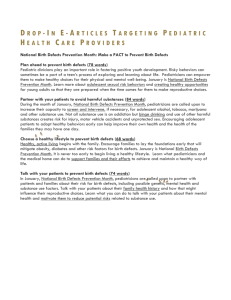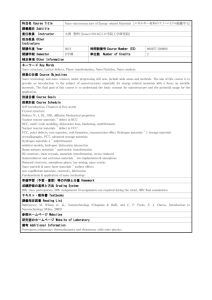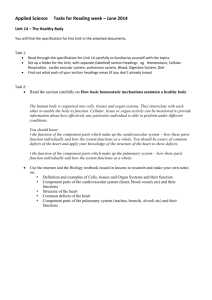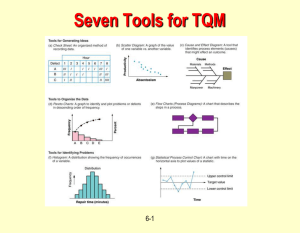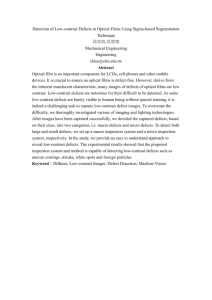word - National Birth Defects Prevention Network
advertisement
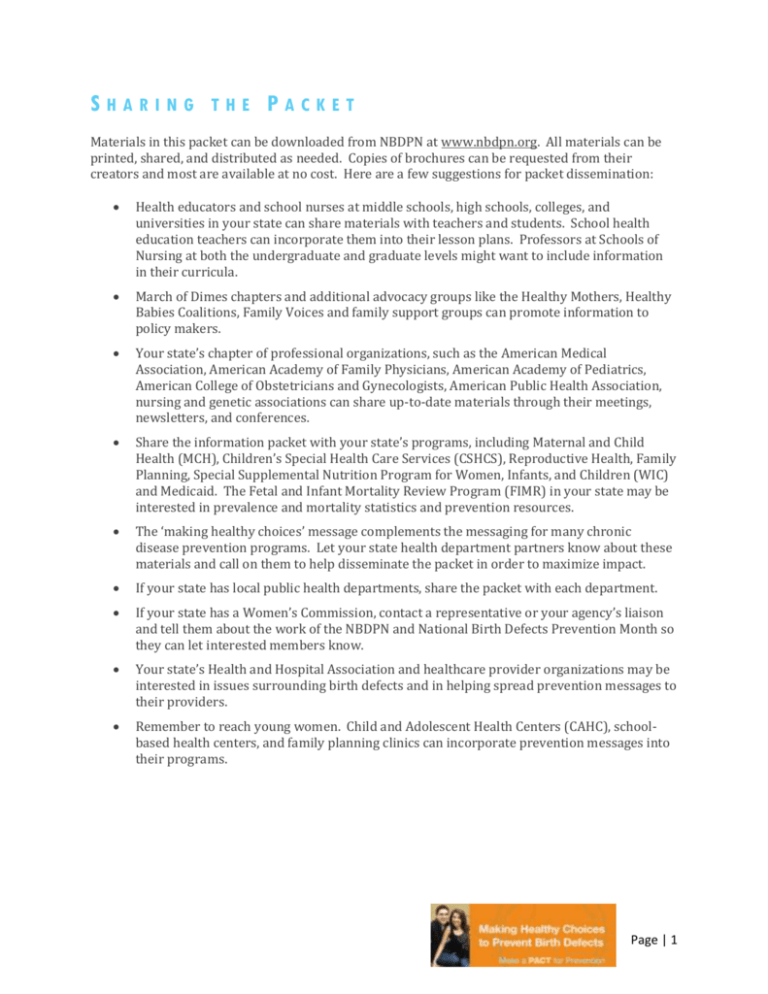
SHARING THE PACKET Materials in this packet can be downloaded from NBDPN at www.nbdpn.org. All materials can be printed, shared, and distributed as needed. Copies of brochures can be requested from their creators and most are available at no cost. Here are a few suggestions for packet dissemination: Health educators and school nurses at middle schools, high schools, colleges, and universities in your state can share materials with teachers and students. School health education teachers can incorporate them into their lesson plans. Professors at Schools of Nursing at both the undergraduate and graduate levels might want to include information in their curricula. March of Dimes chapters and additional advocacy groups like the Healthy Mothers, Healthy Babies Coalitions, Family Voices and family support groups can promote information to policy makers. Your state’s chapter of professional organizations, such as the American Medical Association, American Academy of Family Physicians, American Academy of Pediatrics, American College of Obstetricians and Gynecologists, American Public Health Association, nursing and genetic associations can share up-to-date materials through their meetings, newsletters, and conferences. Share the information packet with your state’s programs, including Maternal and Child Health (MCH), Children’s Special Health Care Services (CSHCS), Reproductive Health, Family Planning, Special Supplemental Nutrition Program for Women, Infants, and Children (WIC) and Medicaid. The Fetal and Infant Mortality Review Program (FIMR) in your state may be interested in prevalence and mortality statistics and prevention resources. The ‘making healthy choices’ message complements the messaging for many chronic disease prevention programs. Let your state health department partners know about these materials and call on them to help disseminate the packet in order to maximize impact. If your state has local public health departments, share the packet with each department. If your state has a Women’s Commission, contact a representative or your agency’s liaison and tell them about the work of the NBDPN and National Birth Defects Prevention Month so they can let interested members know. Your state’s Health and Hospital Association and healthcare provider organizations may be interested in issues surrounding birth defects and in helping spread prevention messages to their providers. Remember to reach young women. Child and Adolescent Health Centers (CAHC), schoolbased health centers, and family planning clinics can incorporate prevention messages into their programs. Page | 1 USING MATERIALS IN THIS PACKET Individual activities and those conducted with partners at the state or community level will raise awareness about steps that can be taken to promote healthy pregnancies and positive birth outcomes. Contact state or local businesses. Companies may post information about birth defects awareness and prevention to their Facebook pages and Twitter feeds, sponsor events such as baby fairs, or donate door prizes such as folic acid rich food baskets to bridal fairs, health fairs, and other community events. Ask local food banks, women’s shelters, Head Start programs and other similar services to provide information to their clients. Ask community colleges and universities to place materials in their health center waiting rooms. Information about birth defects, alcohol consumption, smoking cessation and the importance of folic acid is especially relevant given the fact that about 50% of pregnancies are unplanned. Supply pamphlets or fact sheets for patients and professionals to health care provider groups, such as managed care organizations, doctors’ offices, health maintenance organizations (HMOs) and clinics, especially Federally Qualified Health Centers. Collaborate with hospitals or clinics on community outreach projects to promote an awareness of birth defects and prevention. Topics could include preconception counseling and healthy lifestyles. Volunteer to present information on birth defects and birth defects prevention to professional groups such as nurses, nutritionists, or genetic counselors, as well as community health workers and health advocacy groups. Connect with supportive partners in the media. Prepare public service announcement scripts and write educational articles that may be used or adapted by local media. Recruit a “birth defects prevention champion” for media interviews. Parents, grandparents, and/or community members can incorporate birth defects awareness at the next family gathering or community event. Ask questions about birth defects, and then offer a prize to the person who answers each question correctly. See handout, “10 Things You Should Know About Birth Defects,” for question ideas. Contact the Communications lead for your agency. Ask that Birth Defects Prevention Month and the packet be announced in the agency newsletter, or in an “ALL” email. Page | 2

